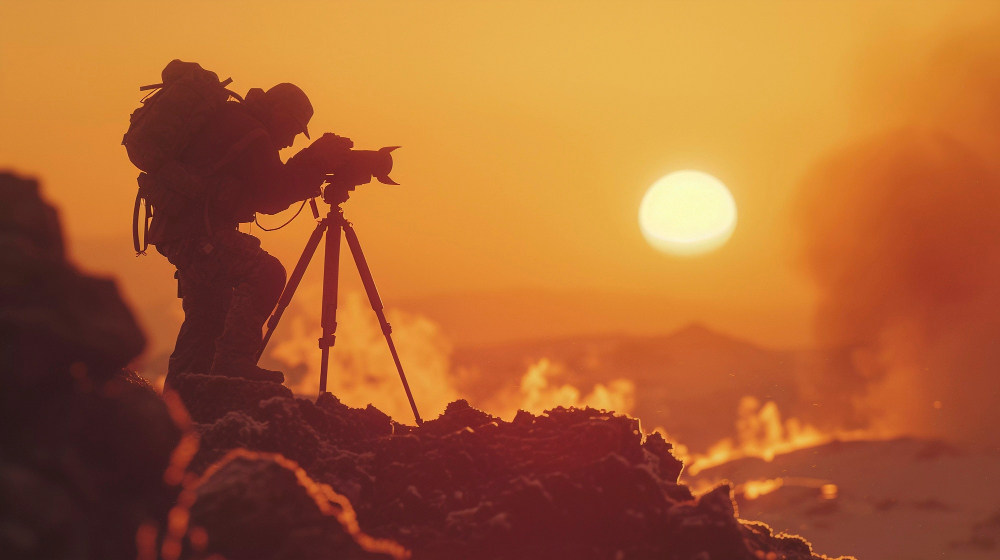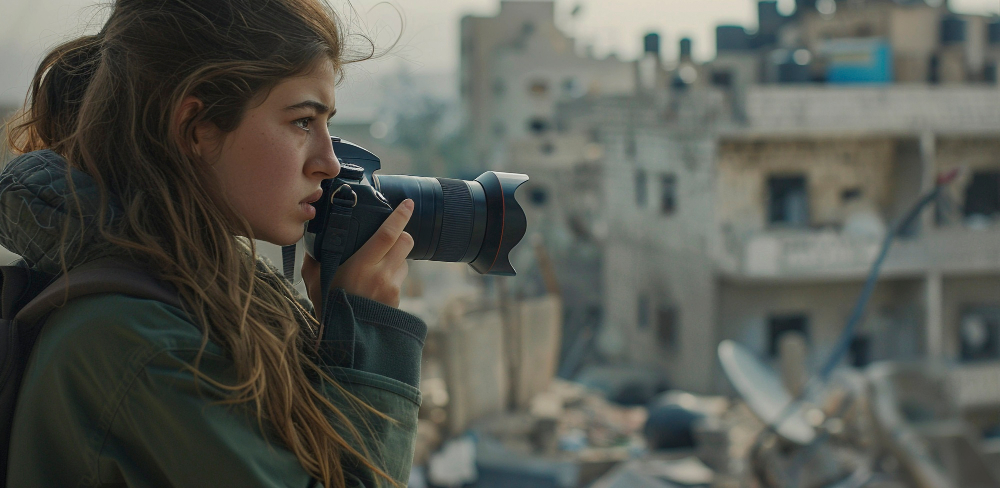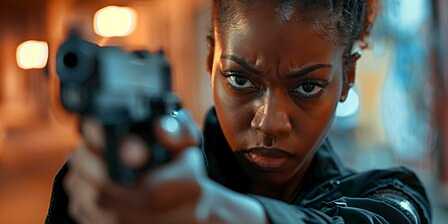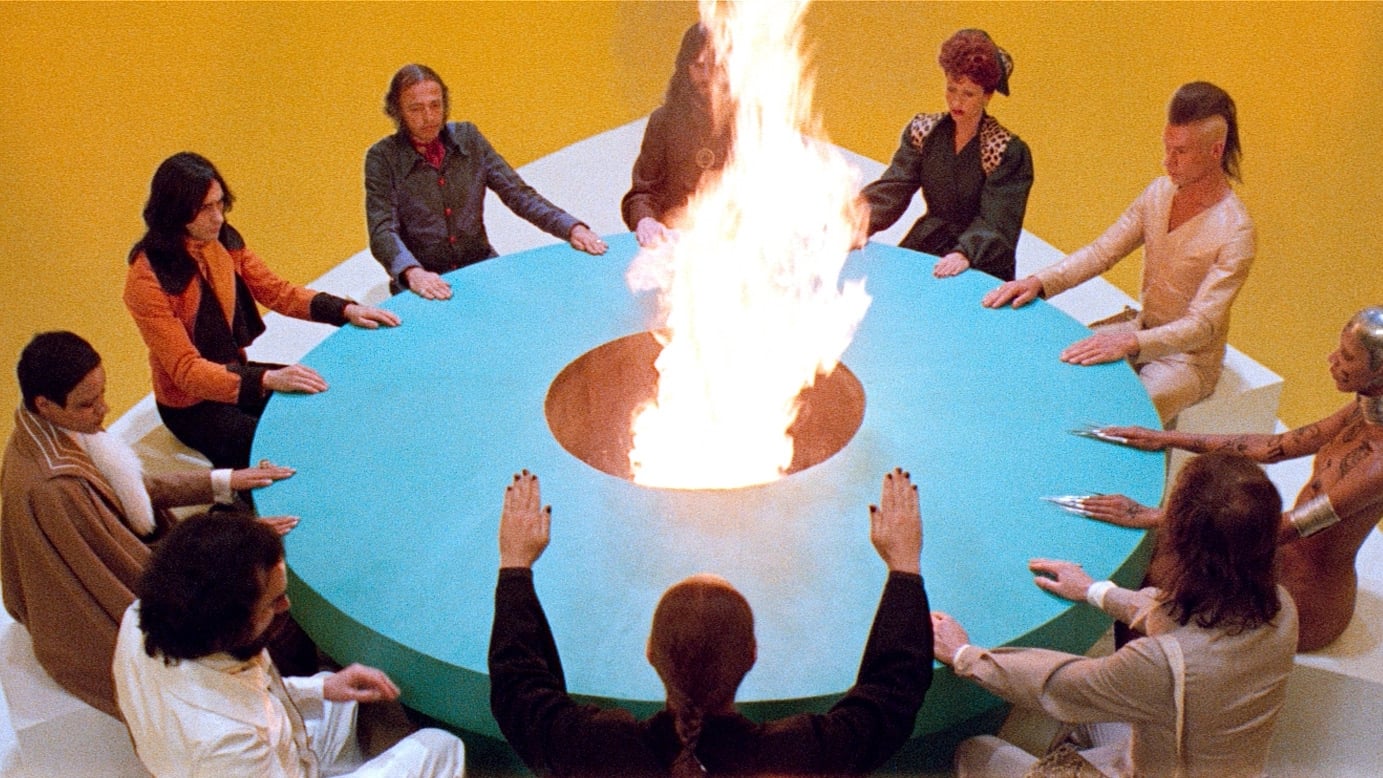Cinematography is the art and technique of capturing visual images for film and video using composition, lighting, camera movement, and color to support storytelling. The basic principles include framing, composition, lighting, camera angles, movement, color, and depth, which work together to create mood, emotion, and meaning in every scene.
What Are the Basic Principles of Cinematography?
Cinematography is not just about pointing a camera at a subject. It’s a deliberate process that shapes the audience’s emotional experience. The basic principles include:
- Framing and Composition: How elements are arranged in the frame to guide the viewer’s eye.
- Lighting: The use of light and shadow to create mood and visual clarity.
- Camera Angles and Movement: How the camera is positioned and moves to create perspective and emotion.
- Color Theory and Tone: Using color to convey themes, mood, and atmosphere.
- Depth and Focus: Creating layers and visual interest within a shot.
- Shot Sizes: Varying the scale of shots (wide, medium, close-up) for emotional and narrative effect.
🎥 1. Framing and Composition.
Good cinematography starts with how you frame your shot. The Rule of Thirds is a foundational technique: dividing your frame into nine equal parts and placing key elements along these lines or their intersections.
- Use leading lines to draw attention.
- Balance the subject and negative space.
- Use symmetry or asymmetry to evoke emotional tones.
📸 Tip:
Great cinematographers like Roger Deakins use composition to subconsciously influence how we feel about a character or moment.
💡 2. Lighting: Crafting Mood and Emotion.
Lighting is one of the most powerful storytelling tools in cinematography.
- Key Light: The main source of illumination.
- Fill Light: Reduces shadows and balances contrast.
- Back Light: Separates the subject from the background.
Types of lighting include:
- High-key lighting: Bright, soft shadows (often used in comedies).
- Low-key lighting: Deep shadows and high contrast (perfect for thrillers and dramas).
- Natural lighting: Using the sun and available light to create realism.
🎬 3. Camera Angles and Movement.
Your choice of angle affects power dynamics and storytelling:
- High angle: Makes the subject look small or vulnerable.
- Low angle: Adds power or intimidation.
- Over-the-shoulder: Establishes conversation and connection.
- Tracking/dolly shots: Create immersion and movement.
- Handheld shots: Add rawness and intimacy.
🎨 4. Color Theory and Visual Tone.
Color influences emotions and psychological response.
- Warm tones (reds, oranges) suggest energy, passion, or heat.
- Cool tones (blues, greens) evoke calm, sadness, or detachment.
- Monochrome palettes can create simplicity and emotional focus.
- Use color grading in post-production to enhance mood.
Example:
In The Grand Budapest Hotel, Wes Anderson uses color to accentuate time periods and emotion.
🔍 5. Depth and Focus: Directing the Eye.
- Shallow Depth of Field: Focuses attention on a single subject, blurring the background.
- Deep Focus: Everything is in sharp detail, ideal for scenes with multiple points of interest.
- Use foreground elements to create layers and immersive space.
📐 6. Shot Sizes and Their Narrative Impact.
The size of the shot defines the emotional proximity to a subject:
- Wide Shot (WS): Establishes environment.
- Medium Shot (MS): Shows interaction and dialogue.
- Close-Up (CU): Highlights emotion and detail.
- Extreme Close-Up: Focuses on a specific feature (e.g., eyes, hands).
🧠 Pro Tip:
Changing shot size during a scene can increase tension or intimacy, guiding emotional beats.
🧠 Why These Principles Matter in Every Frame.
These principles aren’t just technical—they’re emotional tools. A well-composed, lit, and colored frame can:
- Guide the audience’s focus
- Amplify emotional impact
- Build suspense or comfort
- Support themes and symbolism
As cinematographer Emmanuel Lubezki said:
“Cinematography is a writing with images in movement and with sounds.”
📚 Final Thoughts: Mastering the Art of Cinematography.
Understanding the basic principles of cinematography is the first step toward becoming a skilled visual storyteller. Whether you’re a beginner filmmaker, a video content creator, or an aspiring cinematographer, these building blocks will help you create powerful, cinematic visuals that resonate.
🛠️ Keep Practicing:
- Study films by legendary cinematographers (Deakins, Lubezki, Kaminski)
- Practice with your phone or DSLR—composition and lighting work on all cameras
- Review your footage and get feedback
🔍 Frequently Asked Questions.
❓What is the most important principle of cinematography?
Lighting is often considered the most impactful because it controls visibility, mood, and emotional tone.
❓Can I learn cinematography without film school?
Yes! Many successful cinematographers are self-taught through hands-on practice, tutorials, and analyzing films.
❓What tools do I need to get started?
A basic DSLR or mirrorless camera, a tripod, and a good understanding of natural light is enough to begin learning.

I am a highly experienced film and media person who has a great deal to offer to like-minded individuals. Currently working on several exciting projects, I am a film and media practitioner for over a decade. I have achieved a great deal of success in my professional career.





